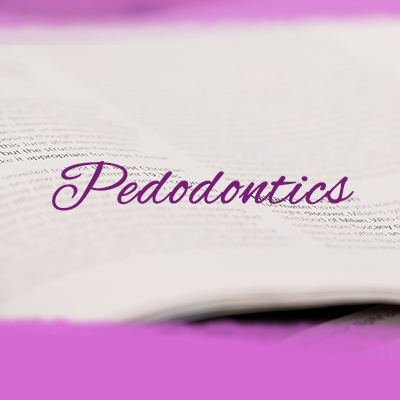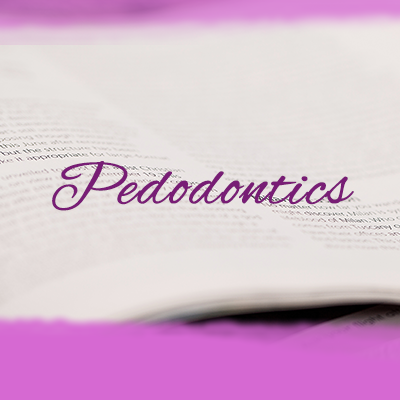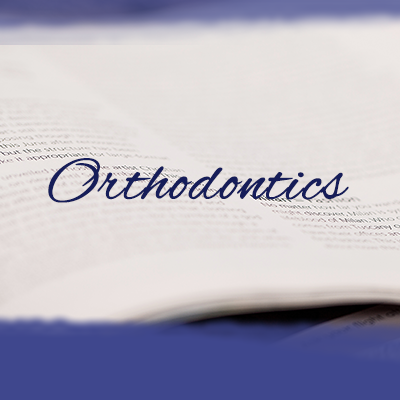Use of Botulinum Toxin in Orofacial Clinical Practice
Botulinum neurotoxin (BoNT) is a potent biological toxin and powerful therapeutic tool for a growing number of clinical orofacial applications. BoNT relaxes striated muscle by inhibiting acetyl choline’s release from presynaptic nerve terminals, blocking the neuromuscular junction.
It also has an antinociceptive effect on sensory nerve endings, where BoNT and acetylcholine are transported axonally to the central nervous system. In dentistry, controlled clinical trials have demonstrated BoNT’s efficiency in pathologies such as bruxism, facial paralysis, temporomandibular joint (TMJ) disorders, neuropathic pain, sialorrhea, dystonia and more.
• Aim: This study’s aim was to conduct a systematic literature review to assess the most recent high-level clinical evidence for BoNT’s efficacy and for various protocols (the toxin used, dilution, dosage and infiltration sites) used in several orofacial pathologies.
• Materials and methods: We systematically searched the MedLine database for research papers published from 2014 to 2019 with randomly allocated studies on humans.
The search included the following pathologies: bruxism, dislocation of the TMJ, orofacial dystonia, myofascial pain,salivary gland disease,orofacial spasm,facial paralysis, sialorrhea, Frey syndrome and trigeminal neuralgia.
• Results: We found 228 articles, of which only 20 met the inclusioncriteria: bruxism (fourarticles) ,orofacial dystonia (twoarticles), myofascial pain (onearticle), salivary gland disease (one article), orofacial spasm (two articles), facial paralysis (three articles), sialorrhea (fourarticles) or trigeminal neuralgia (threearticles).
• Discussion: The clinical trials assessed showed variations in the dosage, application sites and musculature treated. Thus, applying BoNT can reduce symptoms related to motor muscular activity in the studied pathologies efficiently enough to satisfy patients. We did not identify the onset of any important side effects in the literature reviewed. We conclude that treatment with BoNT seems a safe and effective treatment for the reviewed pathologies





